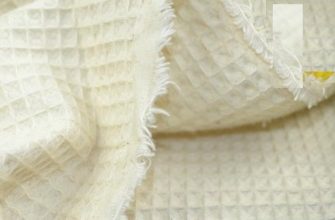Byssus is one of the oldest fabrics, which was intended for noble and rich people. Such material was a symbol of royalty. Byssus can be considered the fabric of fabrics, since no other material is inferior to it in terms of lightness. There is even a legend that the Golden Fleece is actually made not from sheep wool, but from byssus.
Visson: what kind of fabric is it?
Byssus in English means "fine linen". Whether this name is related to the composition of the linen or it appeared by chance is not exactly known. There are still controversial disputes about its origin. Byssus - what is it? It is not difficult to imagine, although you will not see the linen in its original form today.

For your information! There are many fabrics similar to byssus: muslin, batiste, muslin, etc. They are decorated with beads and beads, various embroidery. Such fabric is excellent for sewing wedding dresses, tablecloths and curtains.
Initially, byssus was produced in white and golden colors. Many believe that it was made from flax, which bleached well. The uniqueness of the fabric was that the threads were very thin, but incredibly dense, and the fabric itself was almost transparent. Byssus was mainly produced in the East and the Mediterranean.

Scientists have found remains of this fabric in the tombs of the pharaohs and have confirmed that ancient Egyptian weavers and spinners had an unusual technique. Ancient craftsmen created fabric, 1 m² of which included 152 main threads and 77 weft threads. Modern weavers weave material that consists of 88 threads. The creation of such a unique fabric required a lot of work, which is why pharaohs and high priests wore clothes made of this fabric.
Please note! Herodotus, when describing the process of embalming, indicated that “the body was wrapped from head to toe in bandages of byssus.”
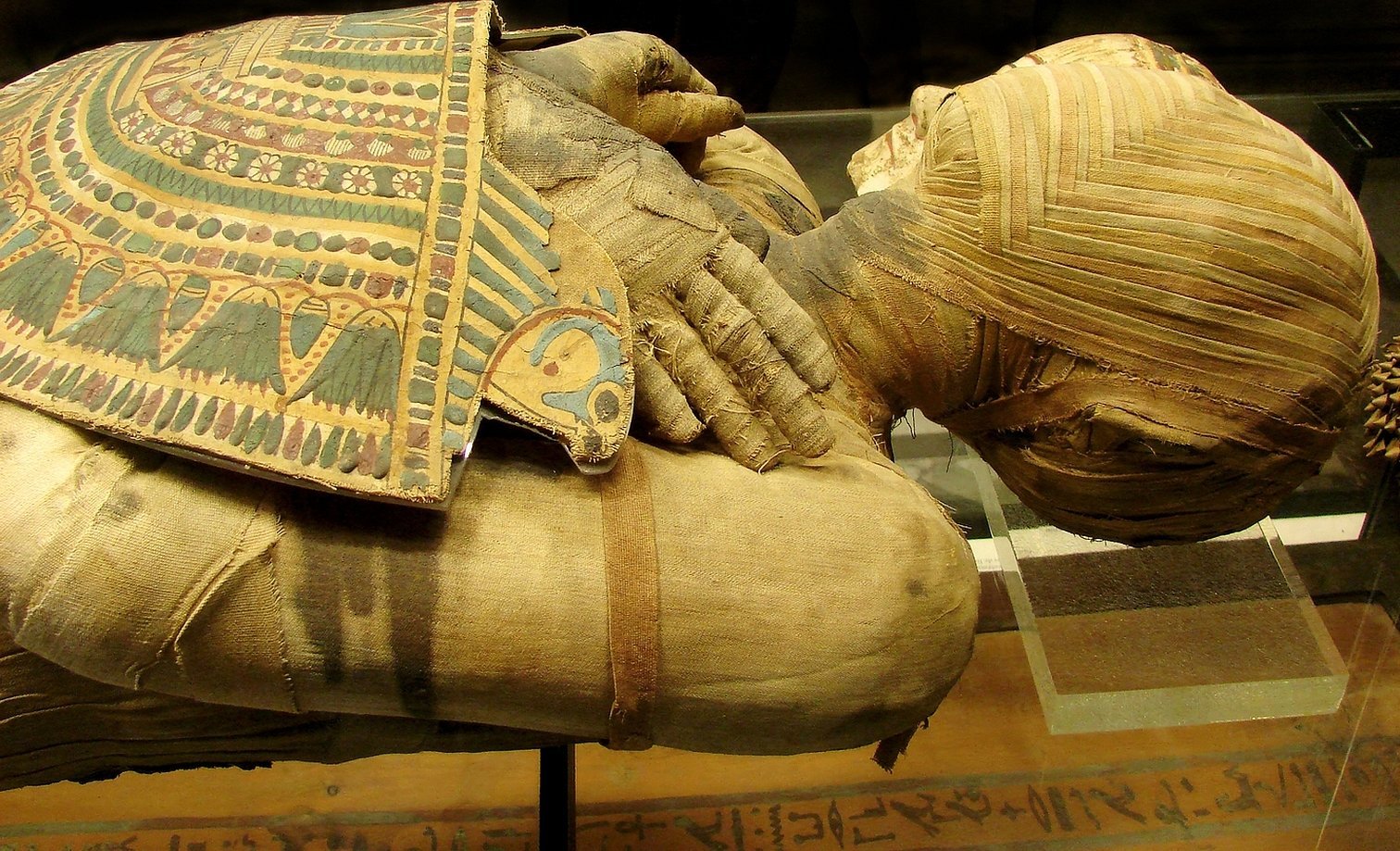
There was also purple-colored linen, so many researchers believe that it was made from raw silk, which was repainted in the required color. As a result of such manipulations, the linen became similar to porphyry.
There is a third version, which claims that these threads are of natural origin. They were collected from mollusks that attach themselves to rocks with their threads called byssus. With the help of such hairs, Pinna nobilis mollusks are held in place during high and low tides. They are found in the Mediterranean Sea. Now the mollusks are under threat of extinction.

The first to learn how to process byssus were the Phoenicians, who managed to develop a unique technology for producing a very thin, but at the same time durable fabric. These craftsmen spread their knowledge throughout the Mediterranean.
For your information! Fine linen was mentioned frequently in the Bible and the Holy Hebrew Scriptures, where it was said that fine twisted linen was used to sew the curtain that covered the entrance to the Tabernacle.
Modern fabric production
Today, there is no large-scale production of bysson fabric. There are several reasons for this:
- The Mediterranean Sea has become very dirty, so the clam threads are unusable;
- production is a long and labor-intensive process;
- Byssus was replaced by similar synthetic materials, one of which is Chinese soft silk.
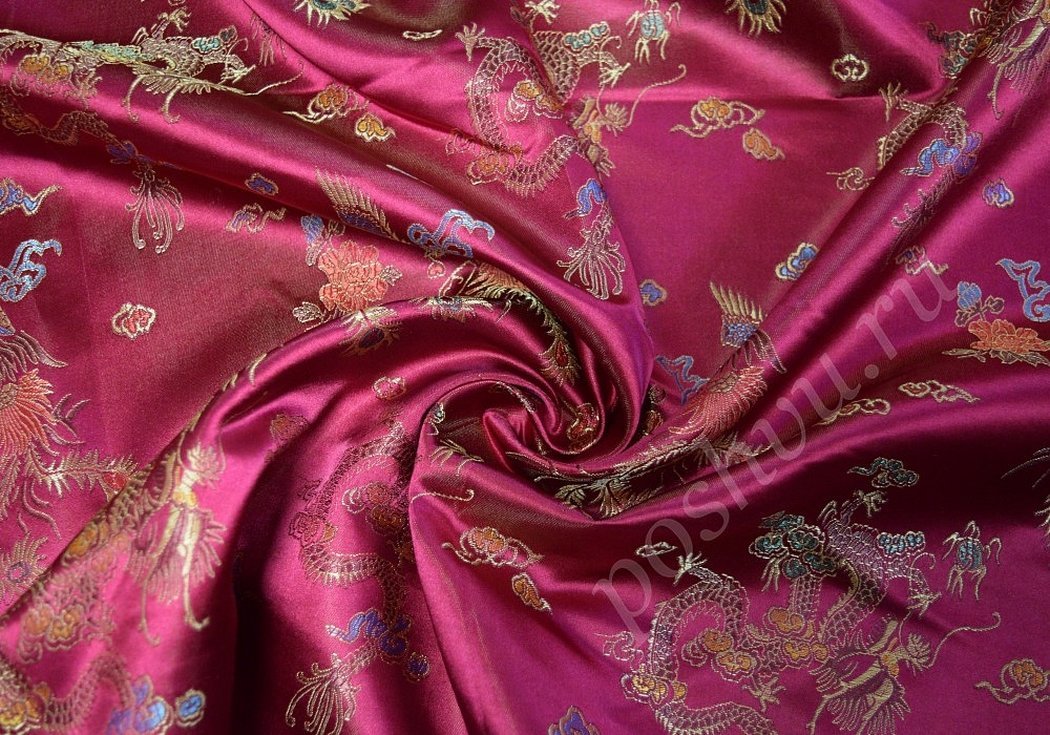
However, despite these troubles, Carjara Vigo lives on the island of Sardinia, who possesses a secret technology for making canvas from the threads of mollusks. The craftswoman does not sell her canvases, because she believes that the hobby is a gift from the saints and one cannot get rich on it. Examples of large canvases can be seen in the largest museums in the world.
Please note! It was Cariara Vigo, a simple woman without any special education, who was invited to a council of scientists in Italy, where they discussed the issue of the authenticity of the image of Jesus Christ on a kerchief made of byssus. According to the biblical story, Matrona Veronica gave Christ a kerchief to wipe his face with during the ascent to Golgotha. The imprint of Christ's face remained on the fabric. Vigo had to understand the manufacturing technology and the composition of the byssus in order to establish the authenticity of the fabric.

Sea silk is used to create unique thin gloves. They can easily fit into a nut shell. One mollusc produces about 2 g of thread. To weave a large cloth, you will need about 1000 mollusks.
Visson for general use is made from regular polyester with the addition of cotton and silk. This fabric is also transparent and is mainly white and beige in color. It is used for sewing curtains.
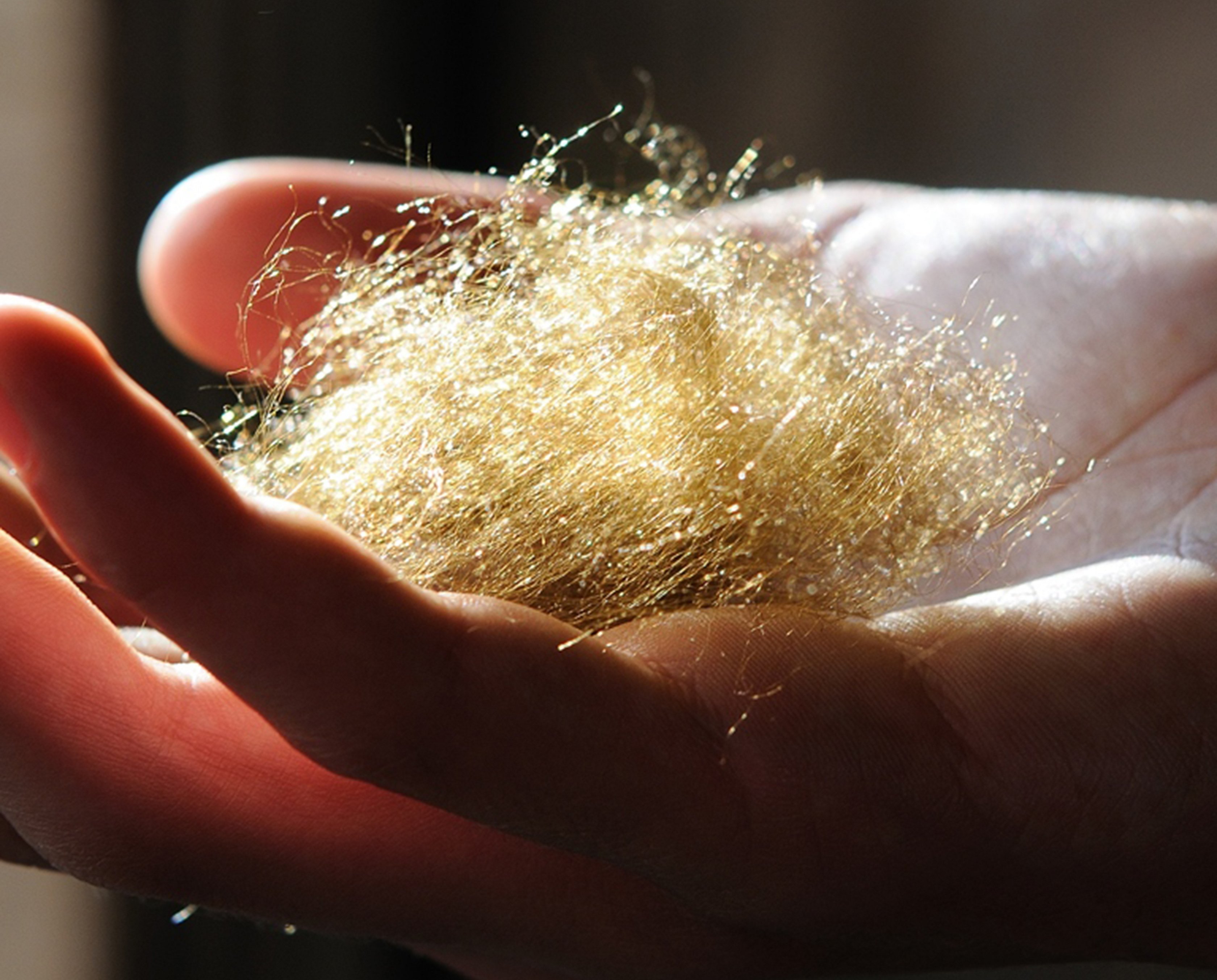
Characteristics of bysson fabric
As already mentioned, few people know what byssus is in its original natural form. However, there are similar transparent fabrics that are similar to it in many ways. They are united by:
- good wear resistance;
- attractive appearance;
- strength of thin material;
- resistance to pollution;
- very low elasticity.
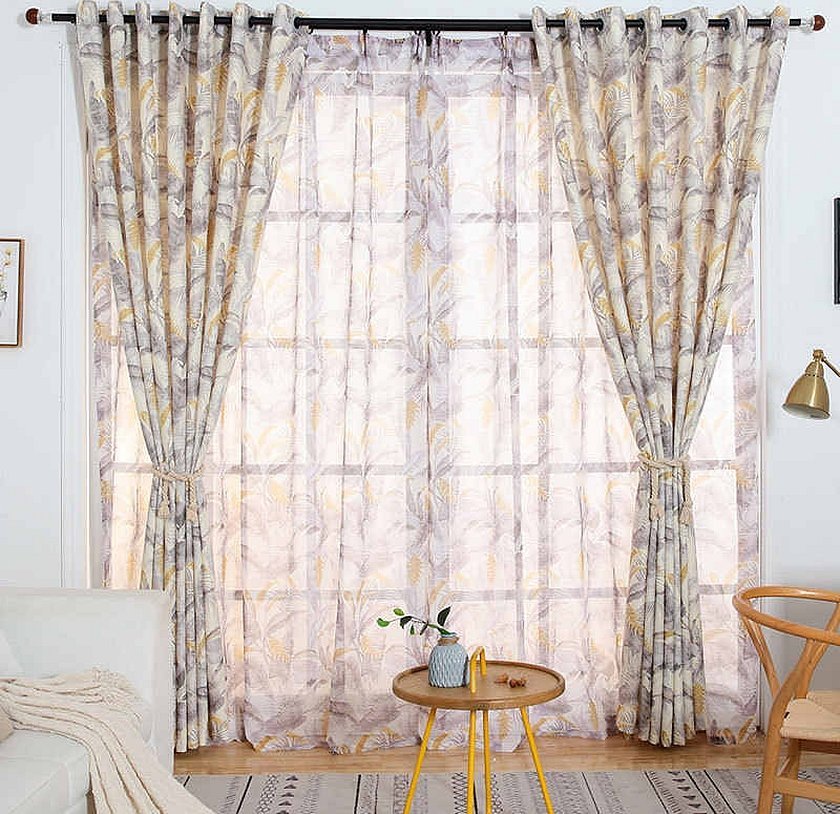
Not only luxurious wardrobe items can be made from such fabric, but also magnificent curtains can be made that will serve as an excellent decoration for any interior.
Application and care of the material
Since modern bysson is a mixture of polyester, cotton and linen, it is not at all difficult to care for:
- Light silk fabric prefers hand washing in warm water;
- soaking and bleaching are strictly not recommended;
- Only mild detergents, such as baby shampoo, are suitable for washing;
- To remove sweat stains, you need to use alcohol;
- things should be protected from cream and perfume. These chemicals can negatively affect the quality of the material;
- When washing, do not rub the items too hard, as they will lose their attractiveness;
- The fabric should be dried naturally, away from heating devices. You can also wrap the fabric in a terry towel so that it absorbs moisture, and then straighten it out well and dry it;
- This material does not require ironing because it does not wrinkle.
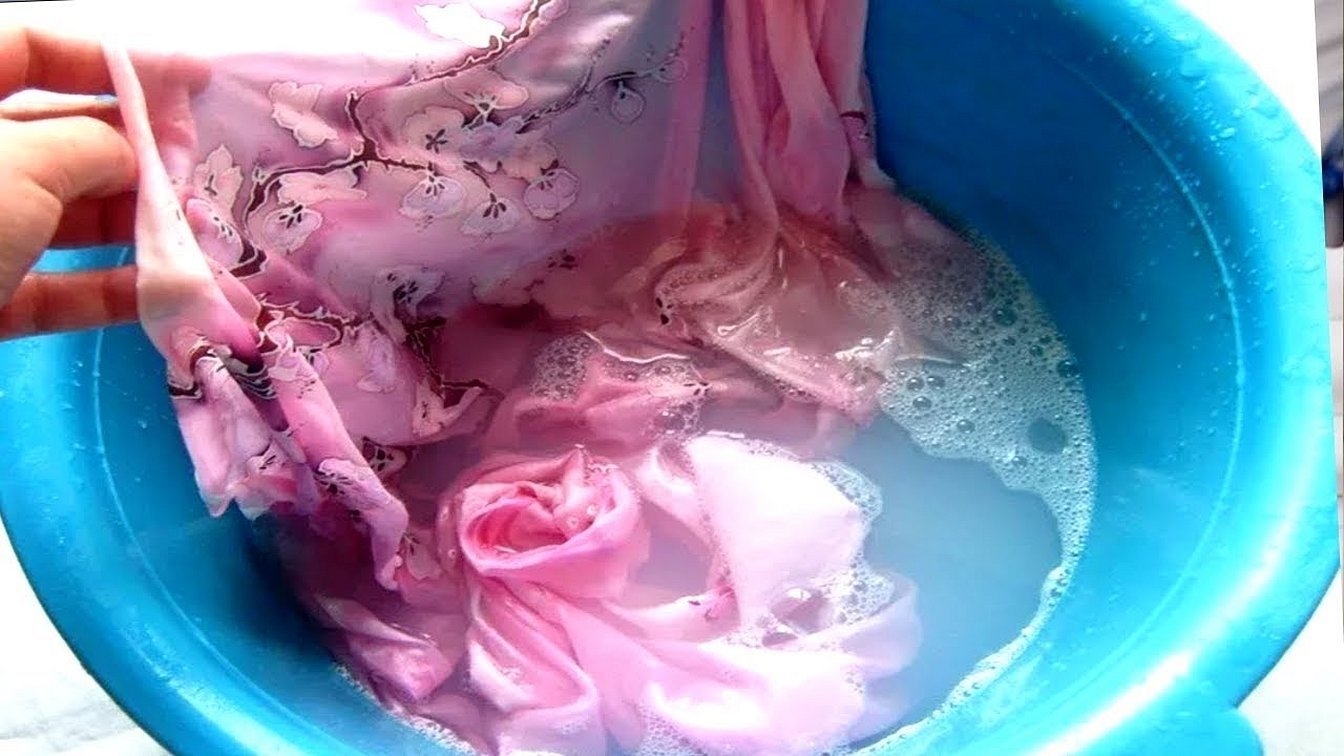
How much does the fabric cost?
Real bysson fabric is not available today. The price of its analogues fluctuates in different ranges. The pricing policy for canvases differs significantly depending on the quality of the material:
- linen veils cost 380-1000 rubles*;
- cupro fabrics - 550-2000 rubles;
- natural thin silk - 2500 rub.
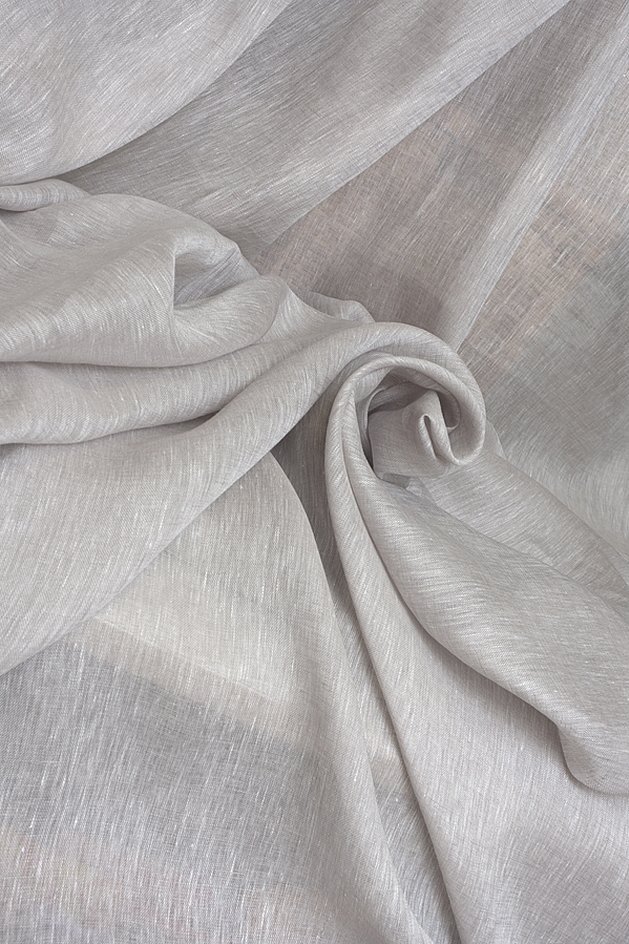
Today, it is not possible to purchase byssus in its original natural form, but this does not reduce the interest of designers in its analogues. No matter what fabrics are used to make a canvas similar to byssus, it still remains light and beautiful.
*Prices are valid as of June 2019.




